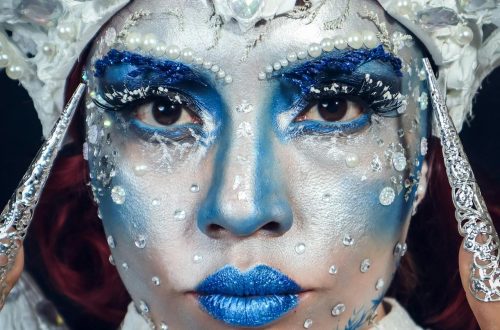I live near to Inverness in Scotland and have often heard tales of the Loch Ness Monster, or Nessie to her friends. The creature has incited wonder and fear in people for centuries, but what exactly is she and does she exist?
Tales of Nessie have existed for hundreds of years, with her depicted in stone carvings by the Picts and described in an account of St Columba, who was said to have stopped her attacking people. Nessie is thought to live mostly in the long stretch of water that makes up this loch. If she exists, she seems to live peacefully and avoid people, only being briefly glimpsed from time-to-time over the centuries. A photograph was taken in 1934, showing what looked like gigantic creature with a long neck and humps on her back, half immersed in the water, although that has since been proven to be fake.
 Because of her appearance and size, she was described in a purported sighting by tourists in 1933 as “a dragon or prehistoric monster”. This could mean that she’s a plesiosaur – a type of dinosaur – that has somehow survived into the modern age. She could also be a mythical wingless water-dragon or serpent, that only appears to people who believe in magic.
Because of her appearance and size, she was described in a purported sighting by tourists in 1933 as “a dragon or prehistoric monster”. This could mean that she’s a plesiosaur – a type of dinosaur – that has somehow survived into the modern age. She could also be a mythical wingless water-dragon or serpent, that only appears to people who believe in magic.
Is Nessie real or only a myth? Many alleged accounts about the creature have been found to be fake, but others can’t be disproved. I’ve taken trips across Loch Ness and haven’t seen her so far, but I’ll keep an eye out just in case.
If you want to write about fantasy creatures, you can find out about more than 150 in my non-fiction bestiary, “The Writer’s Guide to Mythical Creatures (Writing Fantasy)” [US link; UK link]. It is written specifically for writers, so it includes descriptive details, plot ideas and symbolism associated with the different creatures. There are also sections suggesting roles these creatures can take on within a fantasy novel and how to use them well in your plot.




